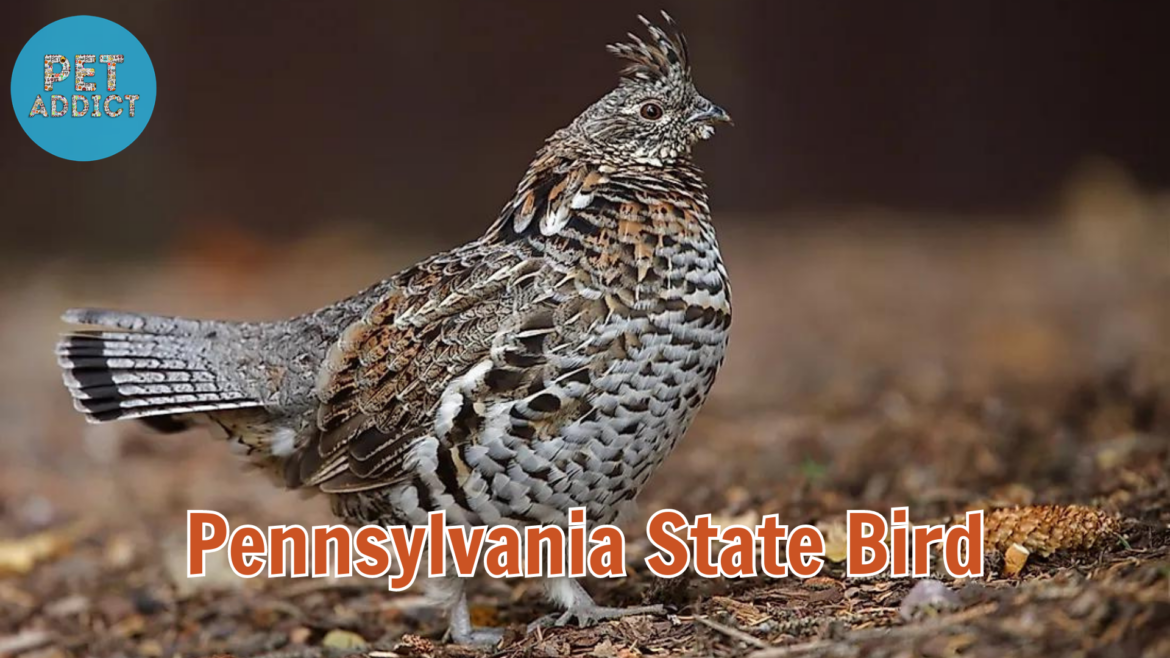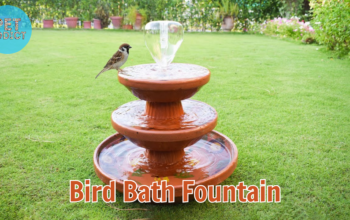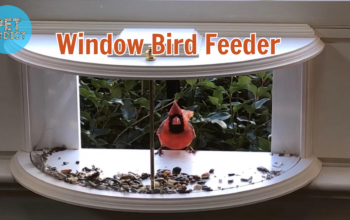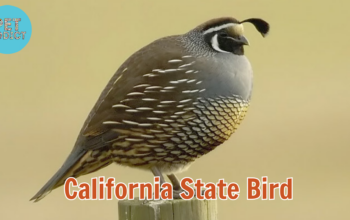The Commonwealth of Pennsylvania, nestled in the northeastern United States, boasts a rich tapestry of natural wonders. Among its myriad of flora and fauna, one avian gem stands out: the Eastern Bluebird (Sialia sialis). As Pennsylvania’s official state bird, the Eastern Bluebird’s presence epitomizes the state’s commitment to preserving its unique biodiversity. In this comprehensive article, we embark on a journey to explore the captivating world of the Pennsylvania state bird, delving into its physical characteristics, behavior, cultural significance, and conservation efforts.
PetAddict.net – The best place where you can find everything about your pet!
Eastern Bluebird Overview
Physical Characteristics

The Eastern Bluebird, a member of the thrush family, is renowned for its eye-catching appearance. With its vibrant azure plumage, reddish-brown breast, and snowy white underbelly, it presents a visual symphony that graces fields and open spaces. The male’s bright coloration serves not only as a testament to its beauty but also as a means of attracting potential mates and establishing territory. The female, while less vividly colored, radiates her own charm with subtler shades that aid in camouflage during nesting.
Habitat and Distribution
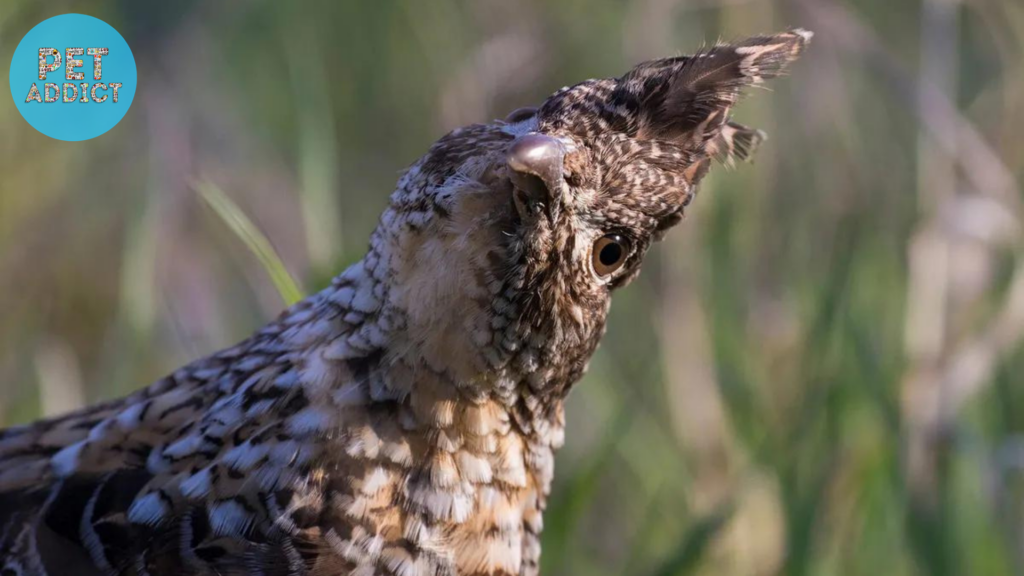
Pennsylvania’s varied landscapes provide an ideal haven for the Eastern Bluebird. Its penchant for open areas, including meadows, pastures, and golf courses, aligns perfectly with the state’s diverse terrain. While primarily found in the eastern and central parts of the United States, the Eastern Bluebird’s migratory habits result in its presence gracing Pennsylvania’s skies during the warmer months. The state’s agricultural fields and wooded edges offer the perfect blend of nesting sites and foraging opportunities.
Eastern Bluebird Behavior and Reproduction
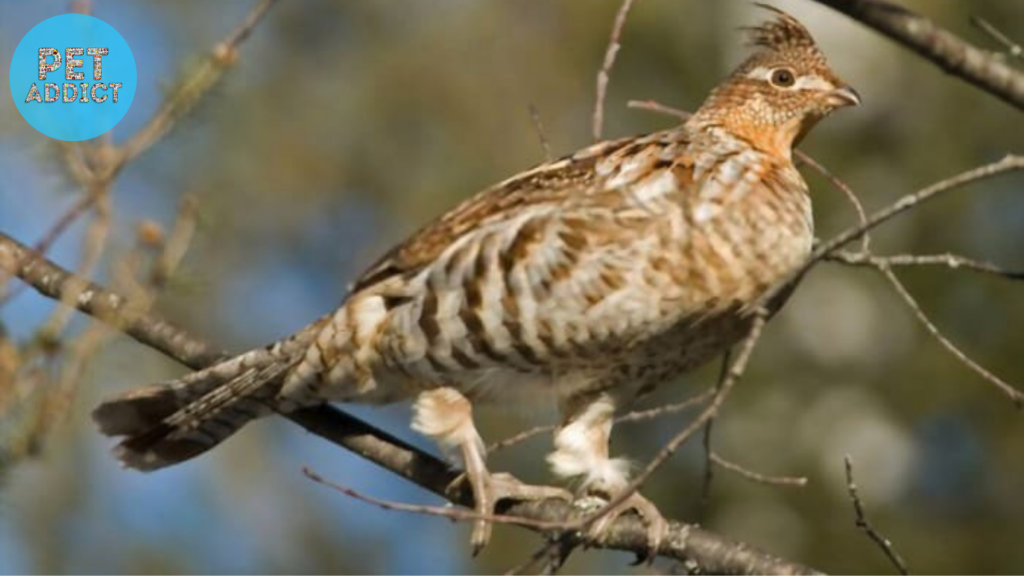
Nesting Habits
The Eastern Bluebird’s nesting habits unveil a world of meticulous craftsmanship. Utilizing natural cavities in trees and man-made nest boxes, these birds fashion nests using grasses, feathers, and fine twigs. Their nesting preferences align with the availability of suitable sites, making human-provided nest boxes an essential component of their conservation. The distinctive cup-shaped nests provide a nurturing environment for their young, safeguarded against the elements and predators.
Diet and Feeding Habits
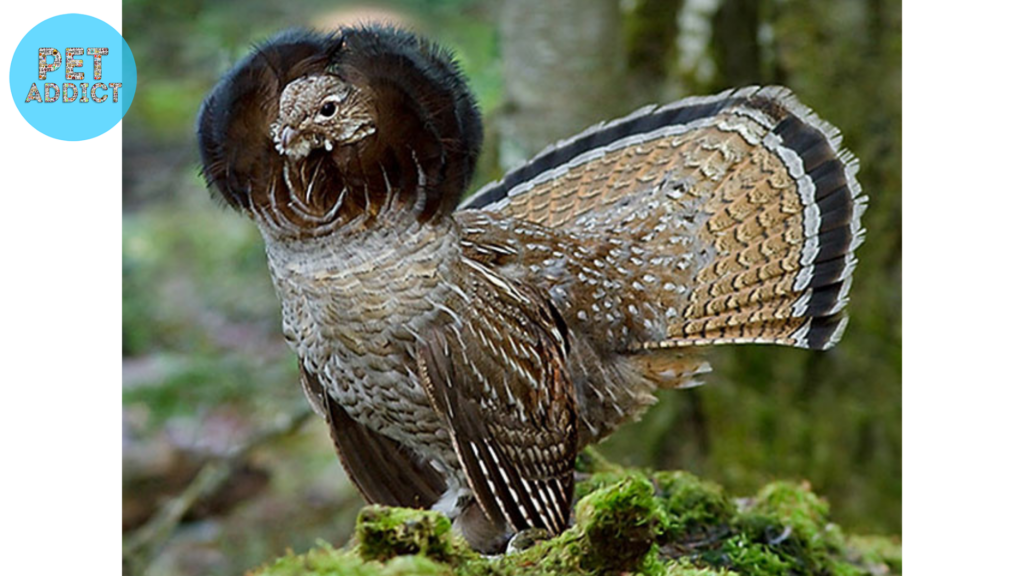
An exploration of the Eastern Bluebird’s behavior would be incomplete without understanding its dietary preferences. As insectivores, these birds play a vital role in controlling insect populations. Their menu includes beetles, caterpillars, grasshoppers, and spiders. They are particularly active during the day, perching on wires or branches and swooping down to capture their prey. Their feeding habits contribute to the ecological balance of Pennsylvania’s ecosystems, making them valuable allies for farmers and gardeners alike.
Song and Vocalizations
The Eastern Bluebird’s vocalizations resonate through Pennsylvania’s landscapes, enriching the auditory tapestry of the state. Their songs, characterized by melodious whistles and trills, serve a dual purpose: attracting mates and establishing territory. The songs of the male Eastern Bluebird announce his presence and defend his chosen nesting area. These vocalizations not only contribute to the avian chorus of Pennsylvania but also reflect the bird’s resilience and adaptability.
Cultural Significance and Symbolism
The Eastern Bluebird holds a special place in the hearts of Pennsylvanians, symbolizing hope, happiness, and renewal. Its vibrant colors evoke a sense of joy, making it a cherished harbinger of spring. The bird’s symbolism extends beyond aesthetics, embodying the ideals of community conservation efforts and the importance of maintaining natural habitats. Its presence serves as a reminder of the delicate balance between human progress and the preservation of native wildlife.
Conservation Efforts and Success Stories
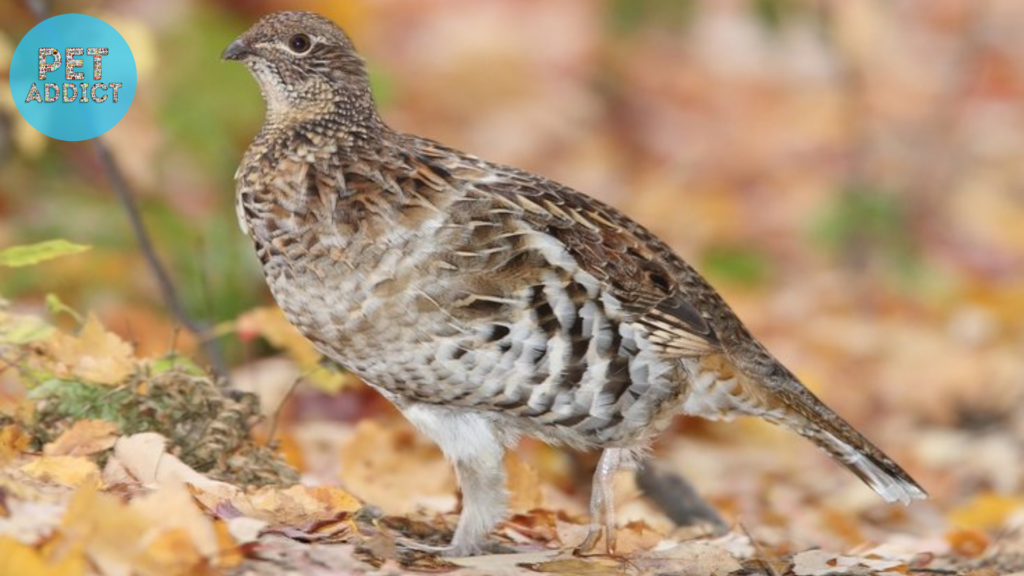
Pennsylvania’s commitment to the Eastern Bluebird’s conservation is evident in the tireless efforts of individuals, organizations, and communities. Nest box programs have gained momentum, providing safe havens for these birds to breed and raise their young. The collaborative spirit of volunteers and conservationists has resulted in remarkable success stories, with increasing populations and thriving nesting sites. By raising awareness, advocating for responsible land management, and actively participating in conservation projects, Pennsylvanians are ensuring a brighter future for their state bird.
Conclusion
The Eastern Bluebird’s presence in Pennsylvania serves as a testament to the state’s commitment to biodiversity conservation and the preservation of its natural heritage. From its vibrant plumage to its melodious songs, the Pennsylvania state bird enriches the landscapes and lives of those who call this state home. As we continue to appreciate and protect this avian marvel, we honor the interconnectedness of all life and contribute to the vibrant tapestry of Pennsylvania’s ecosystems.
Frequently Asked Questions (FAQs)
1. How did the Eastern Bluebird become Pennsylvania’s state bird? The Eastern Bluebird was designated as Pennsylvania’s state bird in 1939 due to its beauty, prevalence, and cultural significance.
2. What is the significance of the Eastern Bluebird’s song? The Eastern Bluebird’s song serves multiple purposes, including attracting mates, communicating with other birds, and establishing territory.
3. Are there any threats to the Eastern Bluebird’s populations in Pennsylvania? Loss of habitat due to urbanization and agricultural practices, as well as competition for nesting sites, are some of the challenges faced by Eastern Bluebirds in Pennsylvania.
4. How can individuals contribute to Eastern Bluebird conservation in Pennsylvania? Individuals can help by providing nest boxes, planting native vegetation, participating in citizen science projects, and supporting local conservation organizations.
5. Are Eastern Bluebirds only found in Pennsylvania? No, Eastern Bluebirds are found throughout much of North America, including parts of Canada and Mexico. They inhabit a variety of open habitats across their range.

